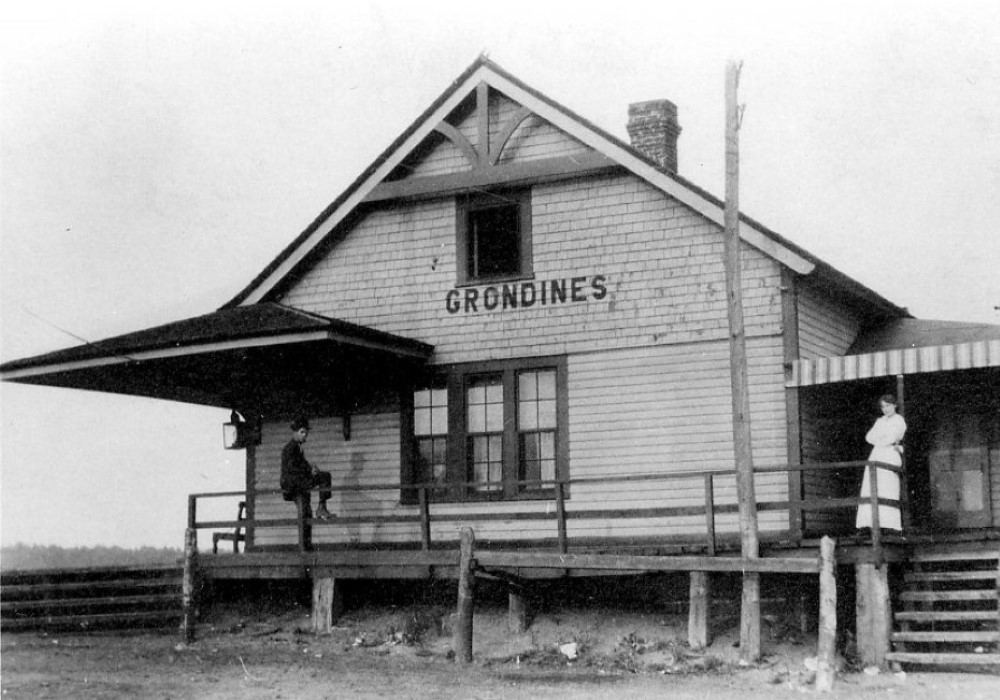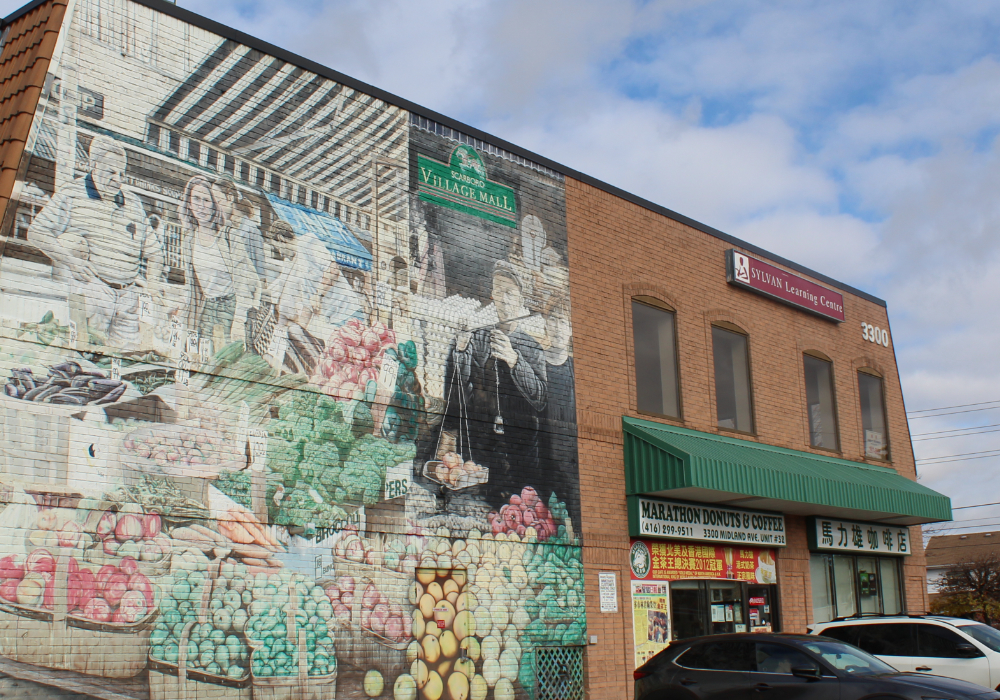
Long and Brier islands were well established and self-sufficient communities by 1875. The great majority of families earned their living from the fishing industry, either in boats or another fishing-related business. Fish was the staple of the islanders’ diet. A few hardy souls established themselves in farming and lumbering, supplying the islands with farm produce, meat, and wood for burning and construction purposes. The land was not conducive to agriculture, so these families had to have a real love for what they were doing.
For those necessities of life not provided by the sea, the farm, or the backyard garden, there was trading. The islands’ chief trading partner was the “French shore” the area of mainland directly across Saint Mary’s Bay. Salt fish and “slack fish” a lightly salted delicacy for which the islands were well known–were loaded into a boat for the trip across the Bay. There, they were bartered for bulk vegetables, fruits, and other items. Relatively little cash was necessary. Items that needed to be purchased arrived at local stores by way of freight boat. Digby, the county “seat,” or capital, was not a common destination because of poor roads.
This way of life continued with very little change until after World War II. Then came the age of bigger fishing boats. Seiners and draggers began to scoop up as much sea life as could many individual fishermen. Coal began to be replaced by oil and propane which, because of improved roads, arrived by truck. The government’s Department of Fisheries set up systems of licenses, permits, and quotas, making large boats available to many through government loans. This signalled the beginning of the end of the inexhaustible harvest for the inshore fishermen.
Trucks replaced the freight boats as the roads were improved and paved, and the trading across the Bay also largely disappeared. By 1975, the fish were becoming scarce, though shellfish remained a fairly solid staple, and seiners and whales competed for the remaining herring. Trips to Digby for various needs became more common, and many island businesses came to an end. No career farms were to be seen, although the private woodlot was starting to make a comeback with the rise in fuel prices. Tourism began to be seen as a major source of livelihood for many, especially with the improvements to the ferry system.
In the space of only one generation, a way of life that had been stable for two centuries virtually disappeared, and a per

